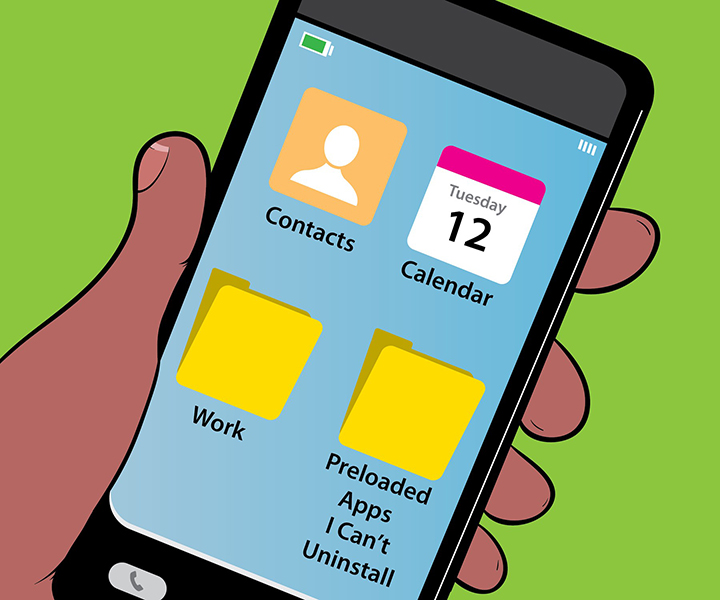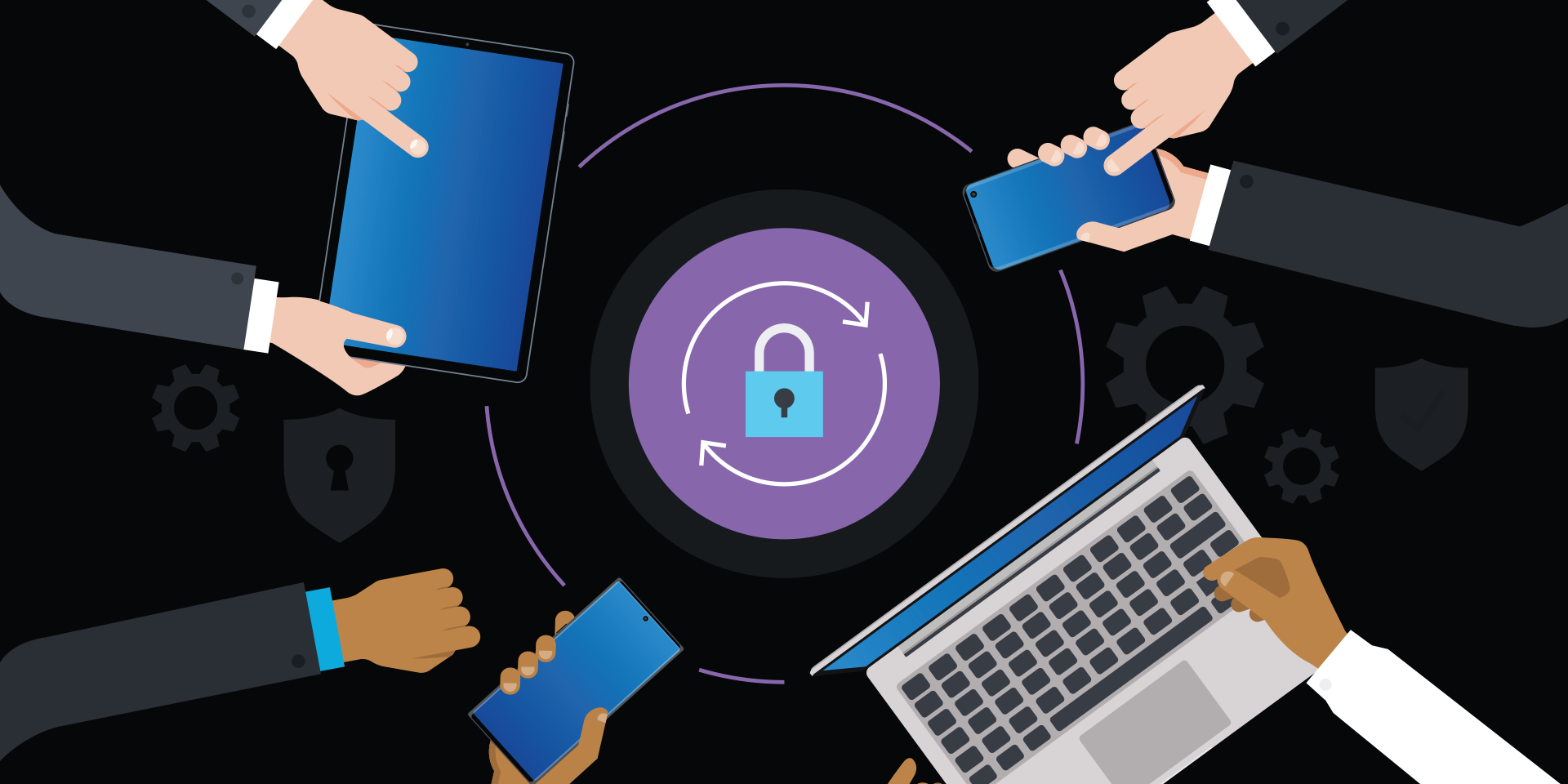For many smartphone users, having preinstalled apps they don’t want or need cluttering up their shiny new smartphones can be enough to inspire rage. For enterprises, bloatware can cause even bigger problems, so knowing how to remove or disable bloatware effectively is a vital tool for any IT administrator.
Here’s a guide on how to identify and eradicate those unwanted apps from your user’s mobile phones — and your life.
What is bloatware?
Bloatware is any software preloaded on a device that is extraneous to your daily needs. Of course, deciding what constitutes bloatware is subjective — what’s superfluous to one user may be vital to another. Carriers and manufacturers preload these apps because they think they will be useful or add to the experience for at least a portion of their customer base.

Why should bloatware be disabled?
While bloatware will typically not harm a device, it can slow it down, as some of these apps operate in the background and take up valuable computing resources.
However, in certain cases, these preloaded apps cannot be uninstalled by the user. For consumers, this may be little more than a nuisance. But for businesses deploying thousands of devices, it can be a more serious problem. If your corporate device usage policy precludes employees from playing games on their phones, it hardly makes sense for you to issue devices with the latest mobile arcade hits preloaded. For enterprise IT, it’s a good practice to review the preloaded apps and determine which of them should be disabled or removed from your corporate mobile fleet.
However, some apps that you think are unnecessary today could become important in the future, or their absence may even undermine the functioning of the device. While many of these apps are available to download, not all are, so this should be taken into account before deleting them across the board.
How to disable bloatware
Samsung’s Knox Configure is a cloud-based service that lets IT admins remotely configure Samsung Galaxy smartphones, as well as tablets and wearables. With Knox Configure, preloaded app removal and disablement can be automated before devices reach their end users.
Leveraging the Knox Configure Dynamic Edition, mobility managers can create a gold standard image for all users that is automatically applied to devices as they boot for the first time. This includes everything from setting a default home screen wallpaper, to disabling Wi-Fi or adding a set of corporate contacts to the device. Almost any device setting can be configured remotely through the Knox Configure console, providing significant time savings when compared with a manual configuration process.
Mobile device management for beginners
Get started with MDM so your organization can spend less and do more — securely and efficiently. Download Now
Bloatware removal or disablement is part of the robust applications and content configuration feature set. After creating a profile, the mobile admin can simply enter the package names of the applications they wish to disable into the console. When the user boots up a device registered to that profile, the application will be uninstalled. Note that some preloaded apps are “baked” into the operating system (OS) and cannot be completely removed. They can still be disabled and hidden from the user’s view with Knox Configure, however.
Mobile admins can implement a range of other application-related configurations, many of which cater to enterprises concerned about device security. Such settings can include blocking applications from unknown sources, disabling preinstalled browsers, blocklisting or allowlisting specific apps or disabling the Google Play store. Knox Configure also allows an admin to create customized devices that are locked into a single application — a kiosk mode — which opens automatically when the device is turned on.
What about security?
Properly handling mobile security is essential. By implementing appropriate controls over a user’s ability to install updates, change settings and add unnecessary apps, enterprises make it much more difficult for attackers to breach their systems.
While bloatware removal enables administrators to reduce potential security issues, it should be noted that deleting certain apps could also cause issues with security.
In some cases, certain apps like the Enterprise Firmware Over-the-Air (E-FOTA) client are important in order to receive regular software updates from your carrier or manufacturer. If these have been disabled, that may prevent the updates. IT professionals should evaluate which apps should be an essential part of a phone update to ensure all-around security.
Keeping software up-to-date is one of the key ways to ensure your devices and information is protected. Admins will need to ensure that any bloatware they are removing won’t delay the rollout of new versions of the operating system.
Learn more about the basics of mobile security in this free top 10 tips guide. Then discover how to defend against these four key enterprise security threats in 2021.






